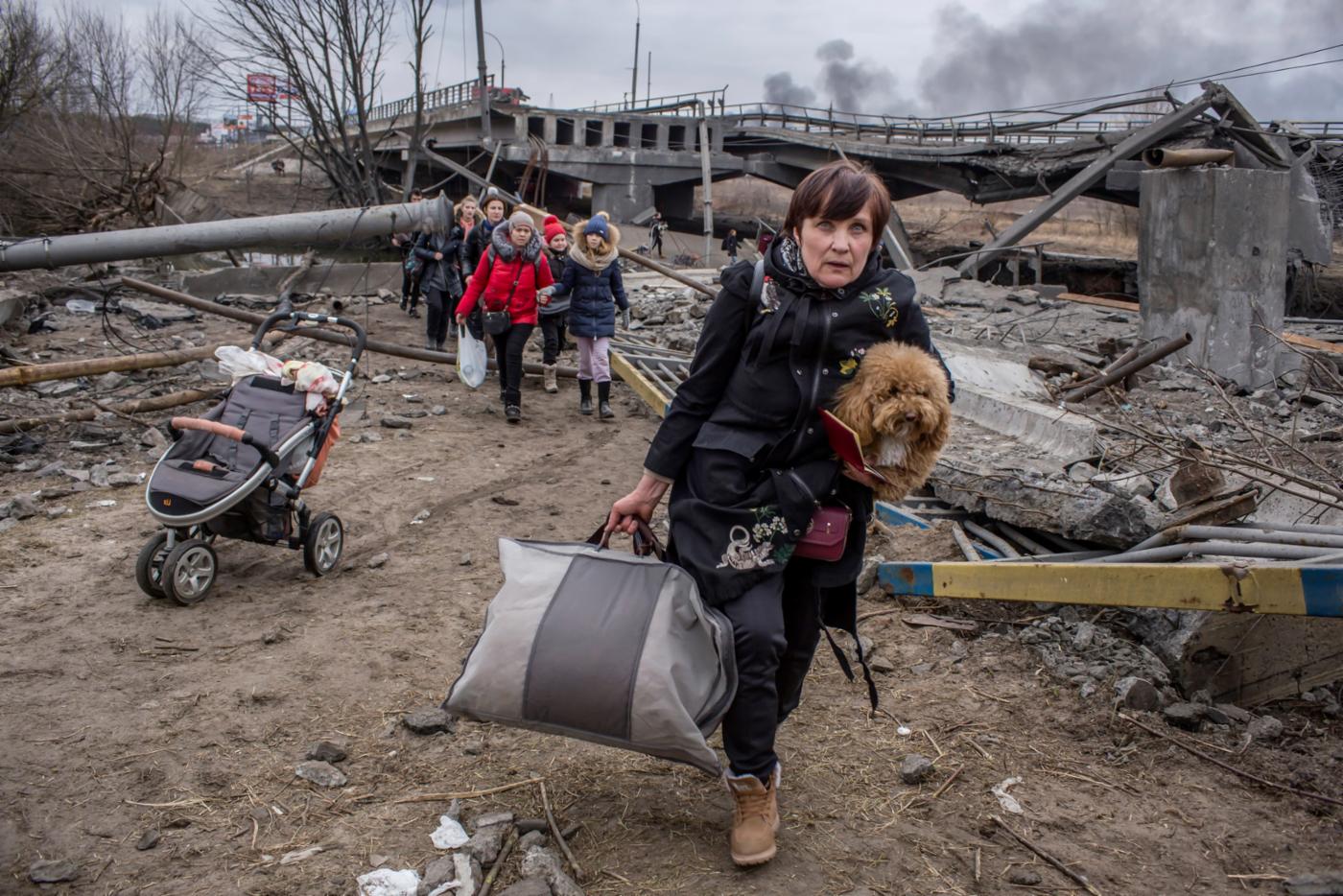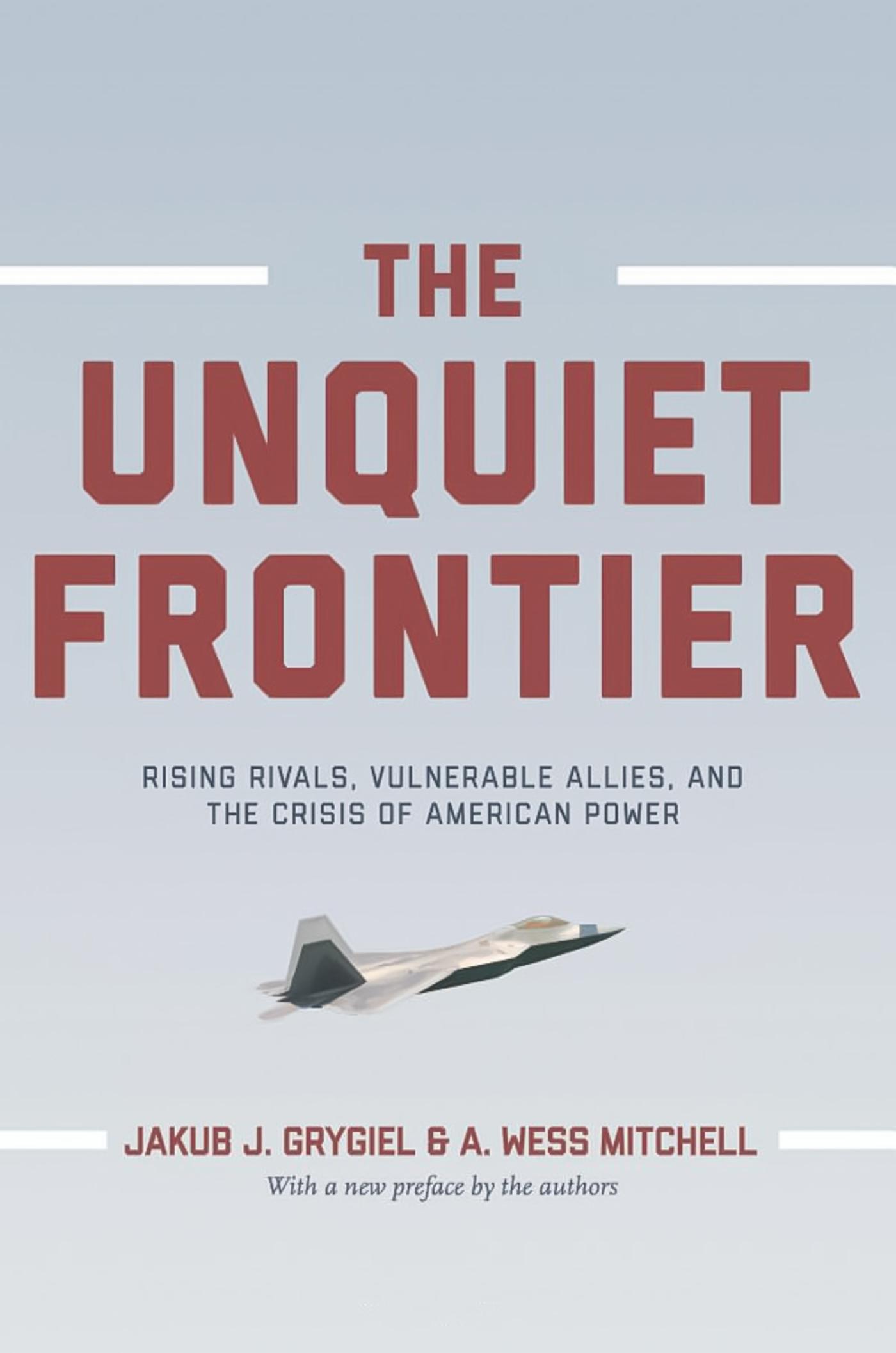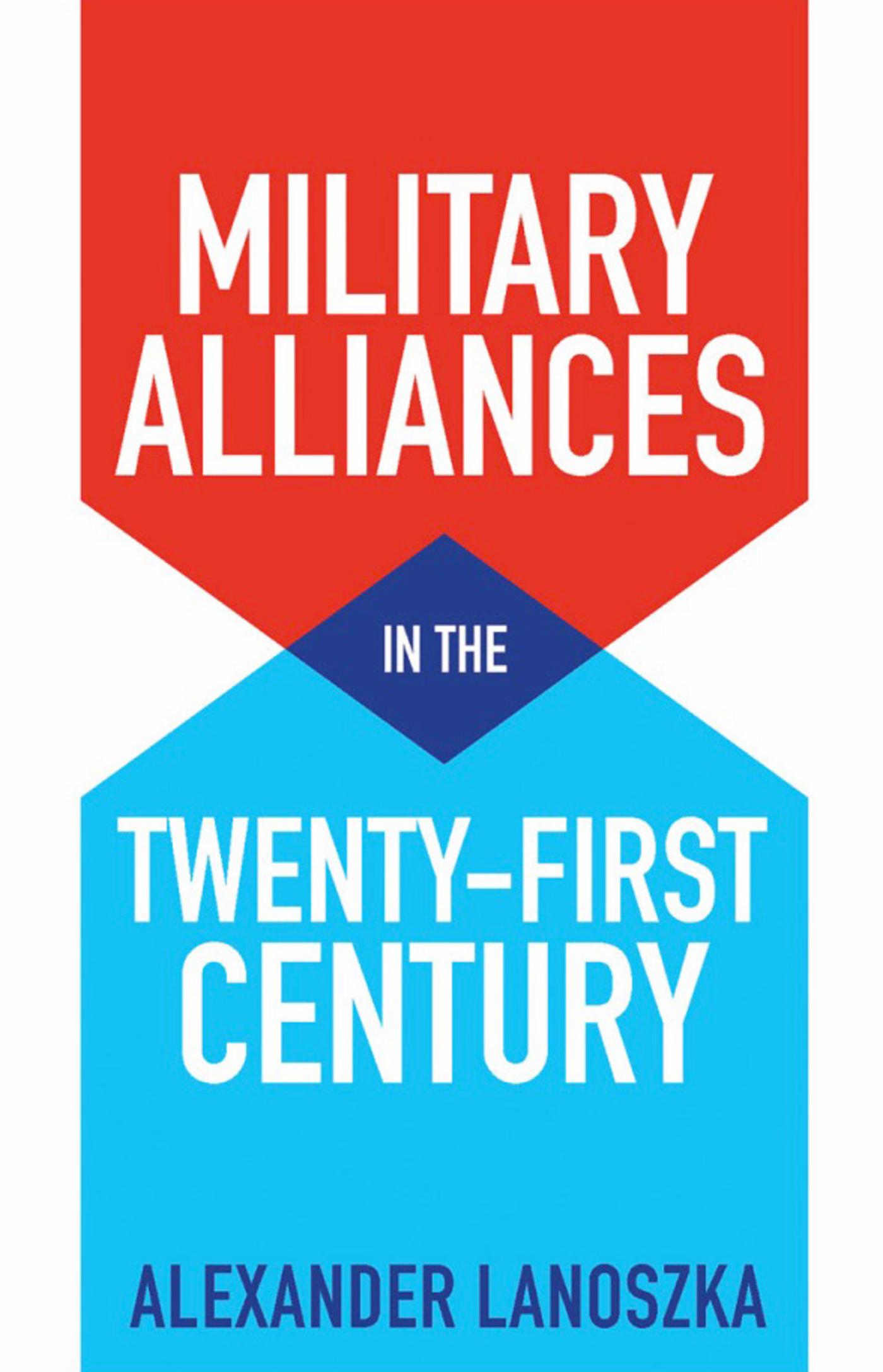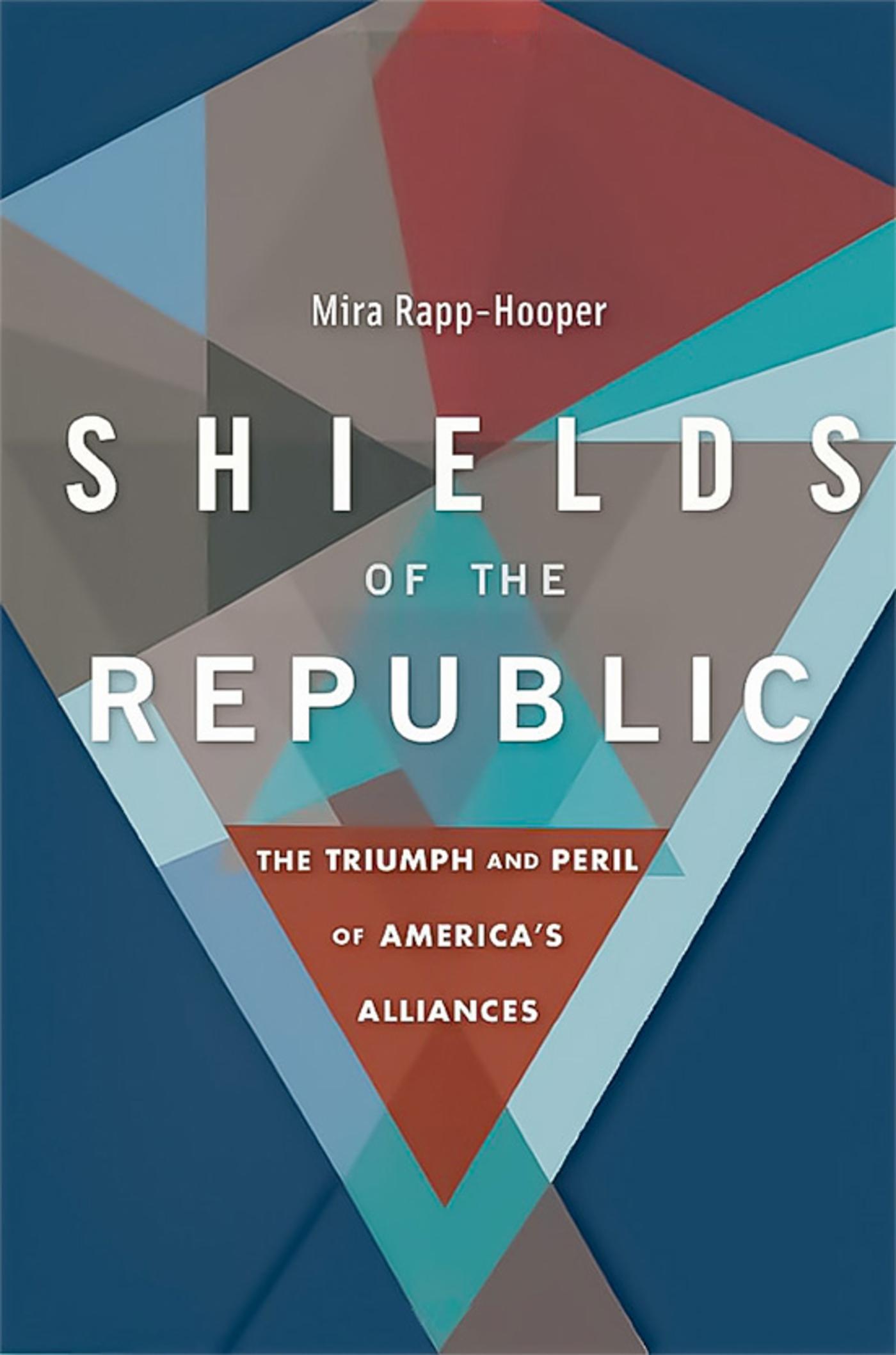War is a violent teacher, ancient Greek strategist Thucydides noted. If so, then Russia’s aggression against Ukraine serves as a cruel lesson: power politics are back on the international stage. Authoritarian powers are aggressively pursuing territorial claims, seeking spheres of influence, and chipping away at the rules-based international order.

Russia’s aggression against Ukraine serves as a cruel lesson: power politics are back on the international stage. Picture courtesy of U.S. Mission to the OSCE
This return of great power competition is reinvigorating the study of military alliances. In this article, I review three remarkable books from recent years: A. Wess Mitchell and Jakub J. Grygiel’s “The Unquiet Frontier” (2017); Mira Rapp-Hooper’s “Shields of the Republic” (2020); and Alexander Lanoszka’s “Military Alliances in the Twenty-First Century” (2022). The authors straddle academia and policy: Lanoszka is a political scientist with a specialisation in alliances; Grygiel, Mitchell, and Rapp-Hooper all served in the US State Department; and Mitchell was co-chair of the independent reflection group on NATO 2030.
The common denominator among the three books is that they systematically analyse the benefits, costs, and challenges of the Western alliance system. To achieve this, they draw upon well-established concepts from political science, including abandonment: being deserted by an ally; entrapment: being dragged into an unwanted conflict; and free riding: being taken advantage of by an ally that does not shoulder their fair share of the collective defence burden. But each book also has a unique theme. Mitchell and Grygiel argue for enhancing US support to allies along the “unquiet frontier” with China, Iran and Russia. Rapp-Hooper uses the record of US alliances during the Cold War to examine their oft-forgotten benefits and usually exaggerated costs. And Lanoszka sets out to debunk myths that permeate debates on alliances.
The benefits of alliances

Grygiel, J. J., & Mitchell, A. W. (2017). The Unquiet Frontier: Rising Rivals, Vulnerable Allies and the Crisis of American Power. Princeton University Press.
Why would countries sign a treaty to defend one another? Rapp-Hooper, Grygiel and Mitchell analyse the United States’ alliance choices after 1945. The Second World War had demonstrated that the reach of modern military technology - jet engines, ballistic missiles and nuclear weapons - no longer allowed the United States to idle in splendid isolation. President Truman put it succinctly in October 1945 when he said that, “Our geographic security is now gone. Never again can we count on the luxury of time with which to arm ourselves.” Four specific arguments drove (and continue to drive) the Western alliance system that the United States built:
Forward defence: As US President Biden said more than 75 years after Truman: “When we strengthen our alliances, we amplify our power and our ability to disrupt threats before they can reach our shores.”
Political stability: In order to overcome a history of conflicts driven by German hegemonic ambitions, the United States sought to tie post-war Germany, but also other Allies, into an enduring web of institutions.
Underwriting prosperity: After World War 2, Washington did not only provide security, but also guaranteed economic stability through the US Dollar. US diplomacy and military power also keep critical maritime chokepoints such as the Straits of Malacca or Hormuz open for international commerce.
Public commitment: The public nature of the North Atlantic Treaty and other alliance agreements signalled the United States’ resolve to deter adversaries and defend its allies.
The (potential) costs of alliances
Free riding
Already at NATO’s birth in 1949, US Secretary of State Dean Acheson expected that the North Atlantic Treaty should “ensure that nobody is getting a meal ticket from anybody else so far as their capacity to resist is concerned”.

Lanoszka, A. (2022). Military Alliances in the Twenty-First Century.
John Wiley & Sons.
Controversies over burden sharing have periodically erupted ever since, driven by a persistent gap between the defense spending of the US and other NATO Allies. Conventional wisdom has it that this gap reflects a lack of willingness to contribute by some Allies.
However, Rapp-Hooper and Lanoszka provide a barrage of counterarguments against confining burden sharing to defense spending. The United States receives many non-monetary returns from Allies, be it basing access or political influence. In addition, purposes of defence spending vary. While the United States military is postured globally, most Allies have more limited objectives. Also, higher spending does not automatically translate into better defence. Defence budgets include personnel costs and administrative outlays. And complex and expensive military platforms need to be put to operational use, a problem that money alone cannot resolve.
Entrapment
If free riding is a constant concern, then unwilling entrapment in an unwanted conflict by a reckless ally is a pervasive fear. However, all of these authors are sceptical. Grygiel and Mitchell dismiss entrapment as a mere possibility in contrast to the reality of Russian, Chinese and Iranian “rhetorical aggressiveness and geopolitical expansion”. Lanoszka and Rapp-Hooper demonstrate that states can draft treaties in ways that prevent entrapment. For instance, the North Atlantic Treaty did not only serve to deter the Soviet Union, but also to prevent American entanglement in Europe’s then colonial conflicts. The treaty thus publicly anchors the principle that an attack on one Ally is an attack against all, but it also avoids automaticity in the use of force and limits its geographic applicability to the North Atlantic area. Historically, entrapment has been rare. A 2015 study from International Security found that of the 188 militarised disputes in which the United States were involved between 1948 and 2010, alliances contributed to US engagement in only five. Both major wars that the United States became involved in during the Cold War - Korea and Vietnam - were fought alongside partners with whom the US did not have an alliance treaty at the onset. And major crises, like the Berlin Crisis (1958-1963), came as a result of Washington risking escalation to take a resolute stand, not Allies embroiling the US in pursuit of reckless stances.
Abandonment
The flip side of entrapment, abandonment, is also ubiquitously feared amongst political leaders. History substantiates this to a degree: a study of interstate wars between 1816 and 2003 found that defence pacts were only honoured 41% of the time. What do the three books have to say?
Abandonment fears can undeniably have destabilising consequences. Lanoszka, and Grygiel and Mitchell identify some. Doubtful allies may appease potential adversaries, but could also adopt aggressive military postures (like steps towards nuclear weapons - as attempted by South Korea, Taiwan and South Africa during the Cold War). Still, Lanoszka demonstrates that there are ways to mitigate fears of abandonment. NATO shows how: regular political consultations and joint statements that signal shared interests; well-exercised troops under joint command that demonstrate military readiness; and forward deployed forces that deter and, in the worst case, defend.
Abandonment in the recent past arguably also turned out to be more squabble than schism in the bigger historical scheme. Rapp-Hooper’s analysis of the United States’ record during the Cold War shows that Washington did terminate alliances that had been overcome by history, such as the defence treaty with Taipei in 1979 after establishing diplomatic relations with Beijing. However, while the United States gave up the treaty and withdrew diplomatic recognition of Taipei, it did not “abandon” the island. Weapons sales and informal relations continued.
Adapting deterrence and collective defence
So much for the benefits and potential costs of alliances, but what about the threats posed by Moscow and Beijing? On the one hand, an outright military attack against a NATO Ally, even if unlikely, cannot be ruled out. On the other hand, Moscow and Beijing continue to undermine stability through hybrid or grey zone warfare below the threshold of military confrontation. These tactics include information warfare, cyber attacks and economic coercion through debt diplomacy, trade sanctions and the weaponisation of energy. What do the three books recommend?
First: do not hype the threat that hybrid warfare poses. In reality, its scorecard is decidedly mixed. For adversaries to resort to the grey zone is - somewhat paradoxically - a result of successful deterrence: challengers move below the threshold of military action because surpassing it is prohibitively costly. And such moves can backfire. Grygiel and Mitchell quote Winston Churchill reflecting on Germany before the onset of World War 1: “Every threatening gesture that she made, every attempt to shock or shake the loosely knit structure of the Entente made it close and fit together more tightly.”

Rapp-Hooper, M. (2020). Shields of the Republic: The Triumph and Peril of America's Alliances. Harvard University Press.
Second: adapt the Western alliance system to great power competition in the grey zone. Rapp-Hooper recommends that the US update the terms of its alliances to consider a major non-military aggression. NATO Allies took a first step in 2021 when they declared, “in cases of hybrid warfare, the Council could decide to invoke Article 5 of the Washington Treaty, as in the case of an armed attack”. In addition, the definition of collective defence should include diplomatic and economic means. This would kill two birds with one stone: it would get NATO ready for hybrid warfare, and it would broaden the debate on burden-sharing beyond defence spending.
Third: help frontline Allies fortify against attack. Grygiel and Mitchell are particularly instructive. Frontline Allies are the first responders and must buy time until NATO reinforcements arrive. They should be able to stop an attack, or, if that fails, make an occupation prohibitively costly. Tactically, such forces would put an emphasis on anti-tank, anti-air and anti-ship missiles, as well as small unit tactics to facilitate an in-depth defence or eventually, an insurgency. Frontline Allies should also be able to counter-attack through deep strikes that would target an opponent’s logistics and command and control, while shielding own reinforcements.
Conclusion
Of course, there are things one could criticise about each book. Grygiel and Mitchell somewhat puzzlingly lump Iran into the same great power league as China and Russia. Rapp-Hooper’s book offers more detail on US alliances during the 40 years of the Cold War than in the 30 years since then. Lanoszka takes some of his attempts to debunk conventional wisdoms about alliances a bit too far; in the case of burden-sharing, one almost comes out wondering how higher defence spending can contribute to security. In addition, Grygiel and Mitchell and Rapp-Hooper write from a US perspective, which focuses but also narrows their analytical lenses. And none of the three books has an answer to what may soon become the big question in Western alliance politics: How can the United States build an “alliance of alliances”, combining efforts across Europe and Asia to balance both China and Russia?
Still, all three books successfully show that historical perspective is the best antidote to hysterical soul searching and hectic policy manoeuvring. They do the academic and public debate a great service by systematically revisiting the benefits, costs and challenges of the Western alliance system. And despite today’s potent threats, the book’s answers are reassuring. The key arguments for the Western alliance system (forward defence, political and economic stability, public signalling) all remain valid. Sometimes-acrimonious debates about burden sharing, entrapment and abandonment will always take place, but NATO has survived those and has stared down nuclear, conventional and hybrid threats throughout its existence. After all, it was already in 1956, just seven years after its founding, that NATO faced simultaneous crises in the East (Hungary) and South (Egypt/ Suez); a leader in Moscow threatened nuclear strikes against NATO Allies; and an Allied foreign minister declared NATO “dead for the moment“.. 66 years later (and approaching its 74th birthday), the Alliance is still here.
